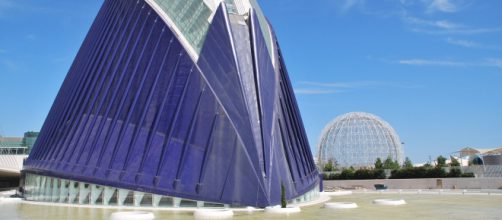My matrix is friendly. There are no martial arts sorts waiting to get me when I enter it. It is a giant enclosure but it is light and part of it retracts so the sky is visible on a good day. OK, I am making this up because I do not live in a matrix exactly. I suppose one who lives in a venerable Manhattan building with six hundred apartments and some amenities can say, “Hey. I am halfway there.” When Sandy blew through we were OK.
But I am talking about one of the fundamental building blocks of cybercommunities. Consider that if you own a home you have everything you need right there.
Plumbing, rooms, garage, whatever outside there is and probably a mortgage too. We are a nation of detached homes and small units, all of which require one of more cars on top of the basic ongoing costs.
Bearing weight
Cybercommunities use the matrix as the heavy-lifting element. Everything that comes in or goes out passes into and out of the matrix. The matrix takes care of solar heating the entire interior and also collects wind and the flow of water from sky or waterways. It eliminates the need for doing the eco-thing from home to home.
The matrix supports up to four levels which contain the spaces of the cybercommunity. These spaces are made of Graphene-assisted surfaces that make up the structures of the cybercommunity.
Surfaces are very thin, very strong, and ultra-soundproof. Each level supports the elements needed to provide residence, commerce, public functions, and all other elements of urban existence. Much life will take place at sidewalk cafes. There will be plentiful spaces for all ages to exercise and enjoy the passing scene. Security will be in residence, part of the community, and explicitly be first a helping hand and only as necessary a restraint.
Città delle Arti e delle Scienze | CAC Valencia https://t.co/mz77dQ5K4Y
— Stephen C. Rose (@stephencrose) February 7, 2018
Community
The matrix is necessary to render cooperation an economically necessary act to make high-tech elements affordable to all.
It is also necessary to deal with volatile climate conditions. Each matrix will be keyed to conditions. The elements of spaces will be mass-produced for ease of assembly. They will be fully customizable. Surfaces will eliminate the need for much furniture.
The closest thing to cybercommunities are ocean-liners, theme parks, and malls. 3D printing and graphene type surfaces will revolutionize construction and enable communities to change merely be reassembling and re-ordering components on site.


